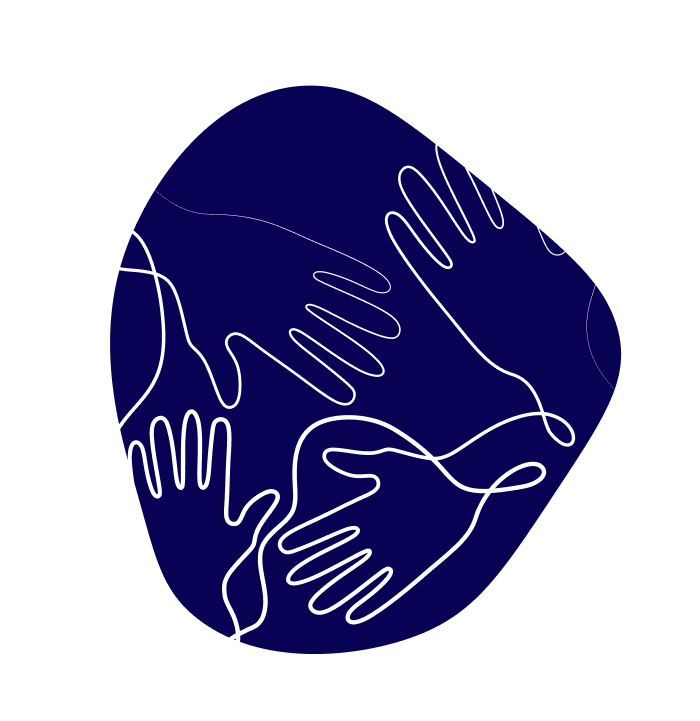Projects
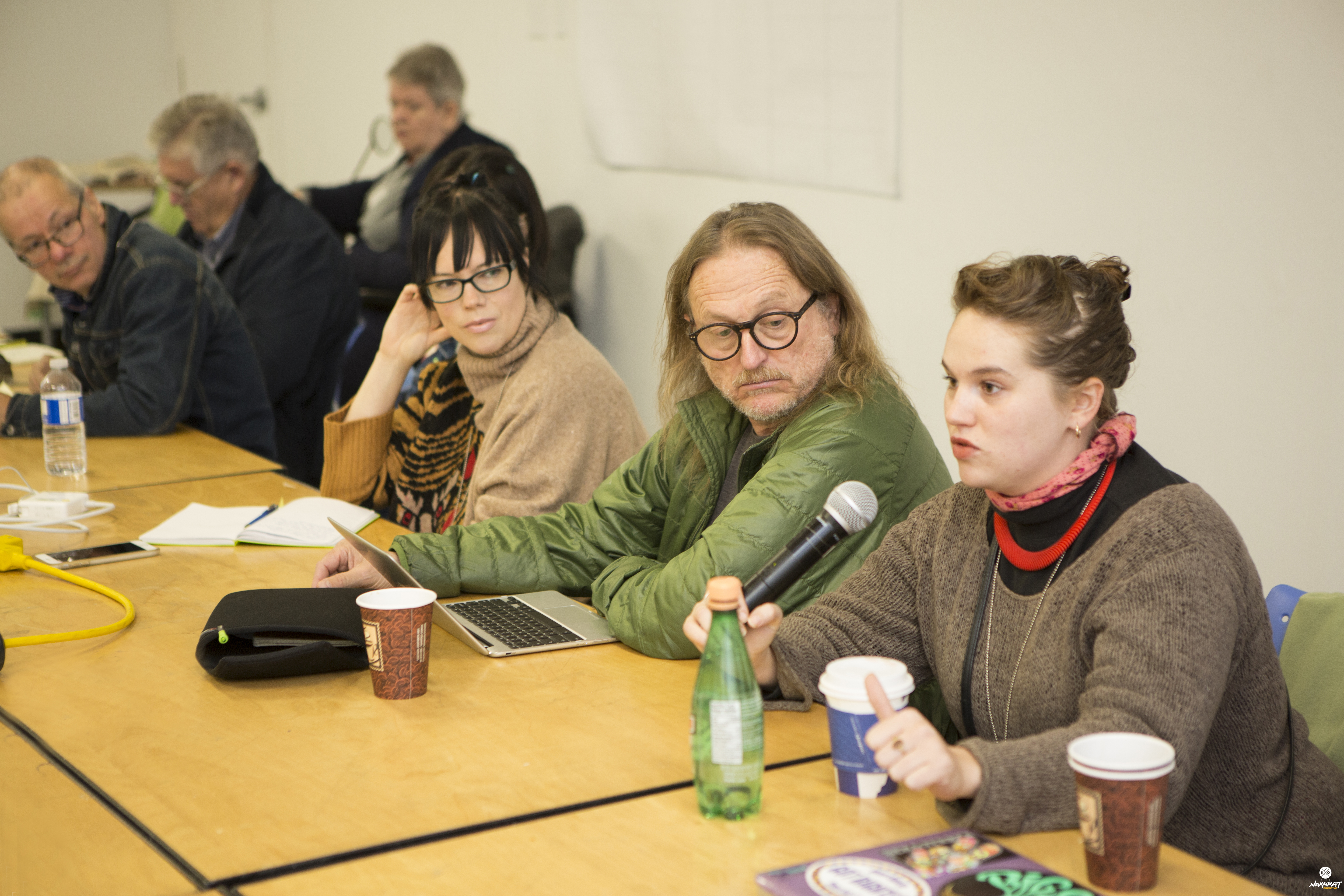
All Standards With Us
This project makes the process of creating standards more accessible to disabled and Deaf people, ensuring goods and services are inclusive. We focus on removing barriers in Standards Development Organizations (SDOs) to support full participation.
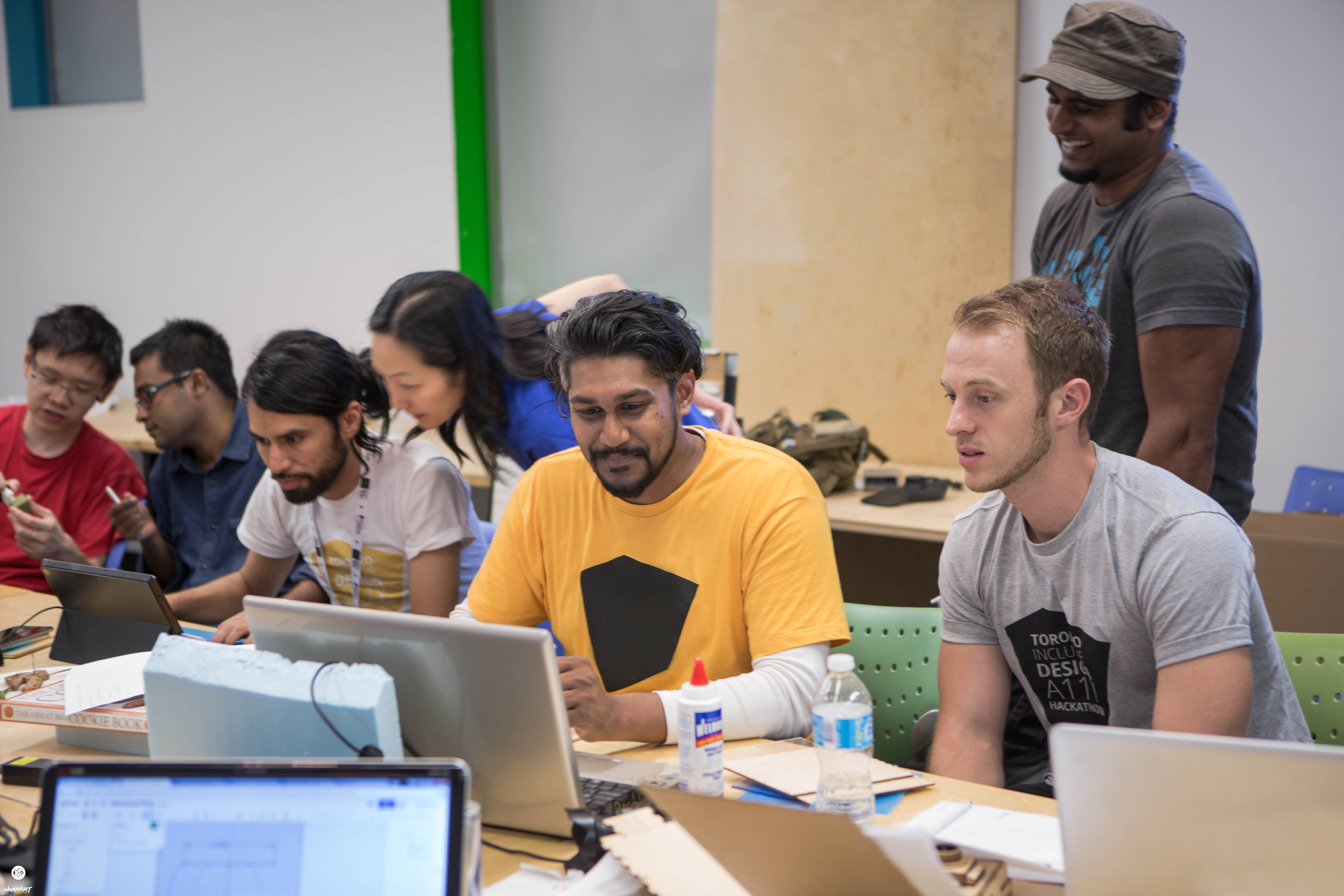
Communication Access within the Accessible Canada Act
The goal of the Communication Access project is to inform the development of communication access standards and regulations under the Accessible Canada Act.
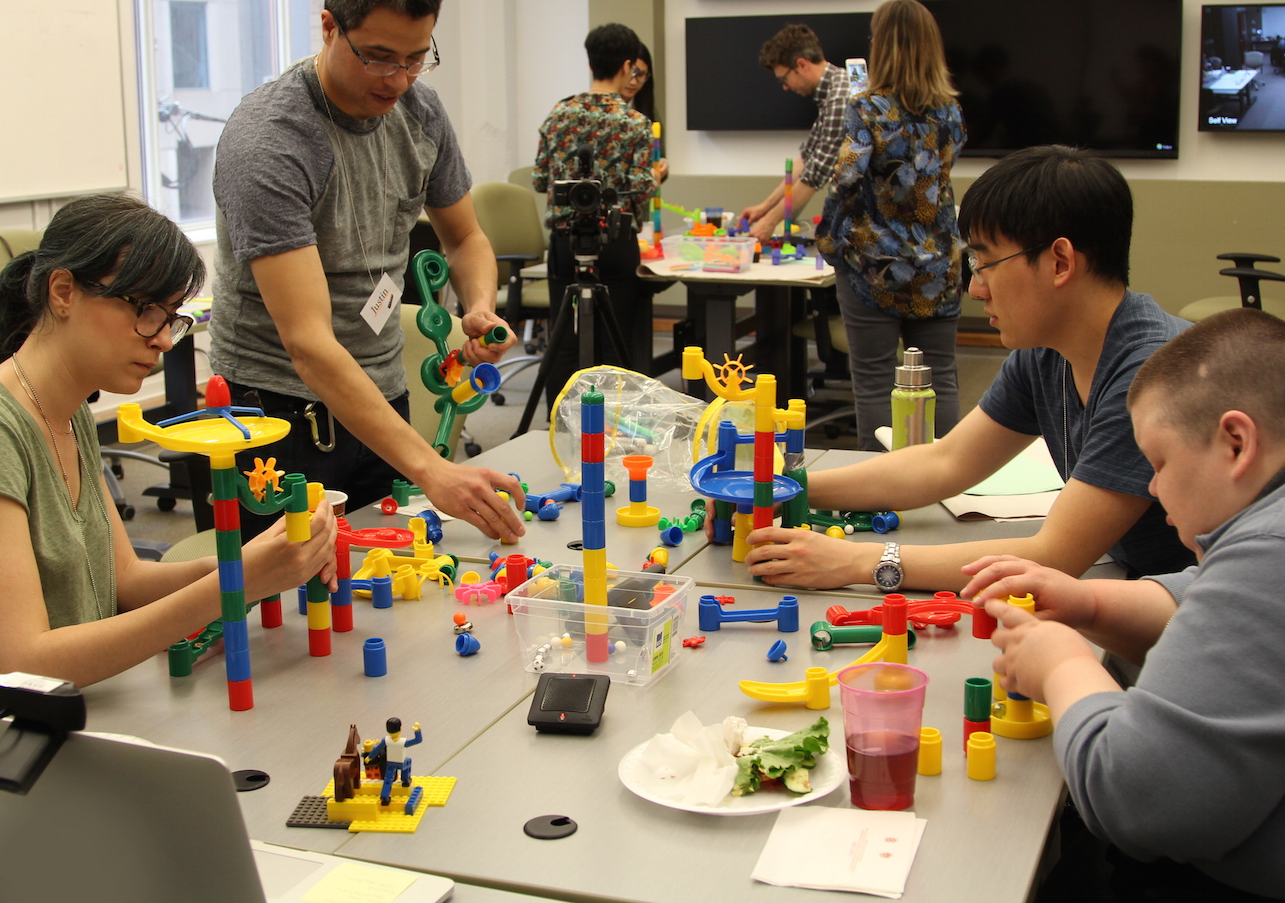
Future of Work: Equitable Digital Systems
Examining the accessibility of the digital tools and systems we rely upon for work
Inclusive Standards Initiatives
Discover IDRC's contributions to advancing inclusive standards through draft standards, technical specifications, committees and frameworks. Explore how our initiatives support global committees in shaping standards for accessible and equitable practices.

Informing Standards for Acoustics and the Built Environment
Investigating the impact of the acoustic environment on people with disabilities and exploring technologies that can contribute to reducing and eliminating acoustics barriers
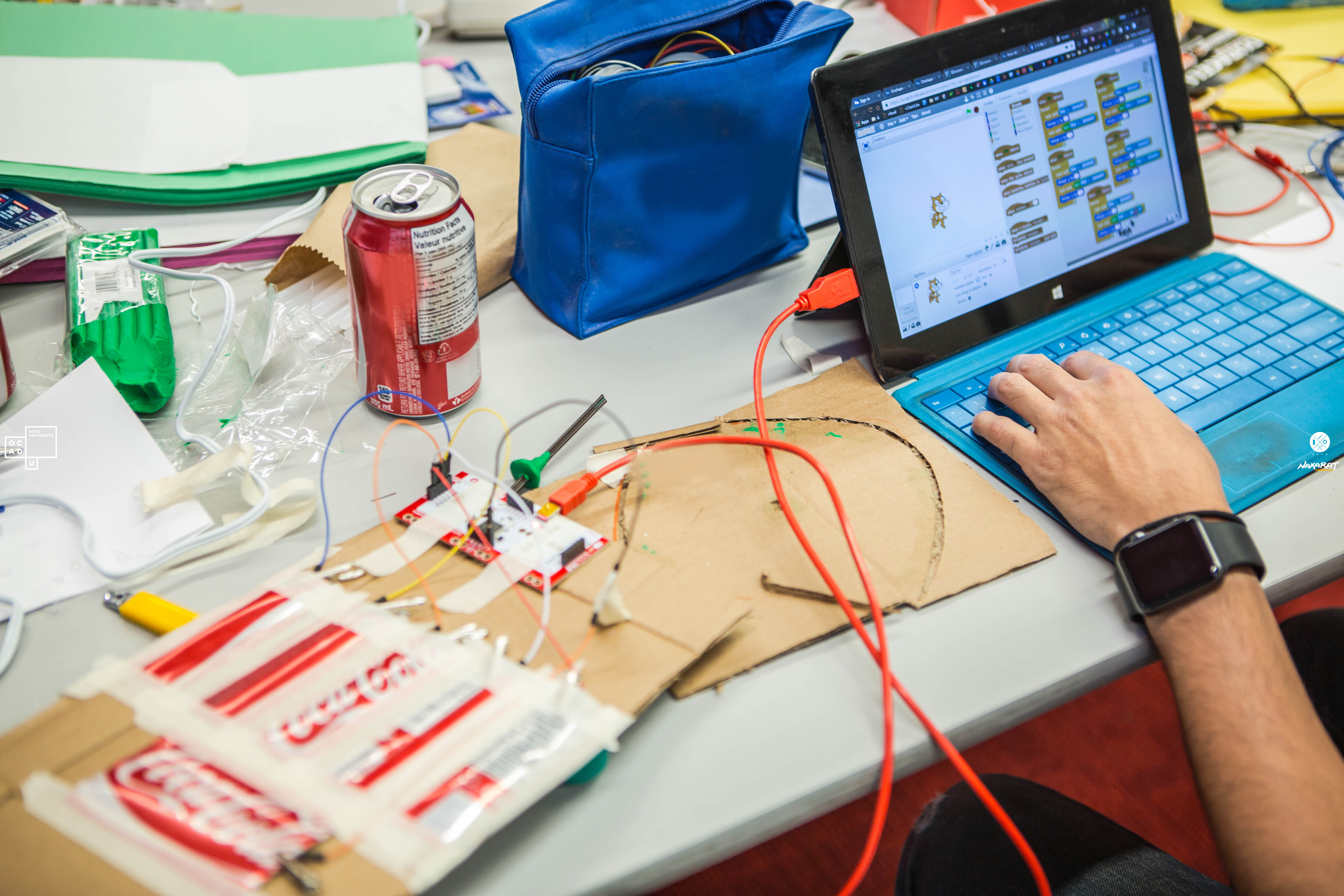
Regulating the Digital Domain
Advancing digital inclusion and ICT accessibility for people with disabilities by addressing the failure of existing regulatory processes to create inclusive and accessible digital systems
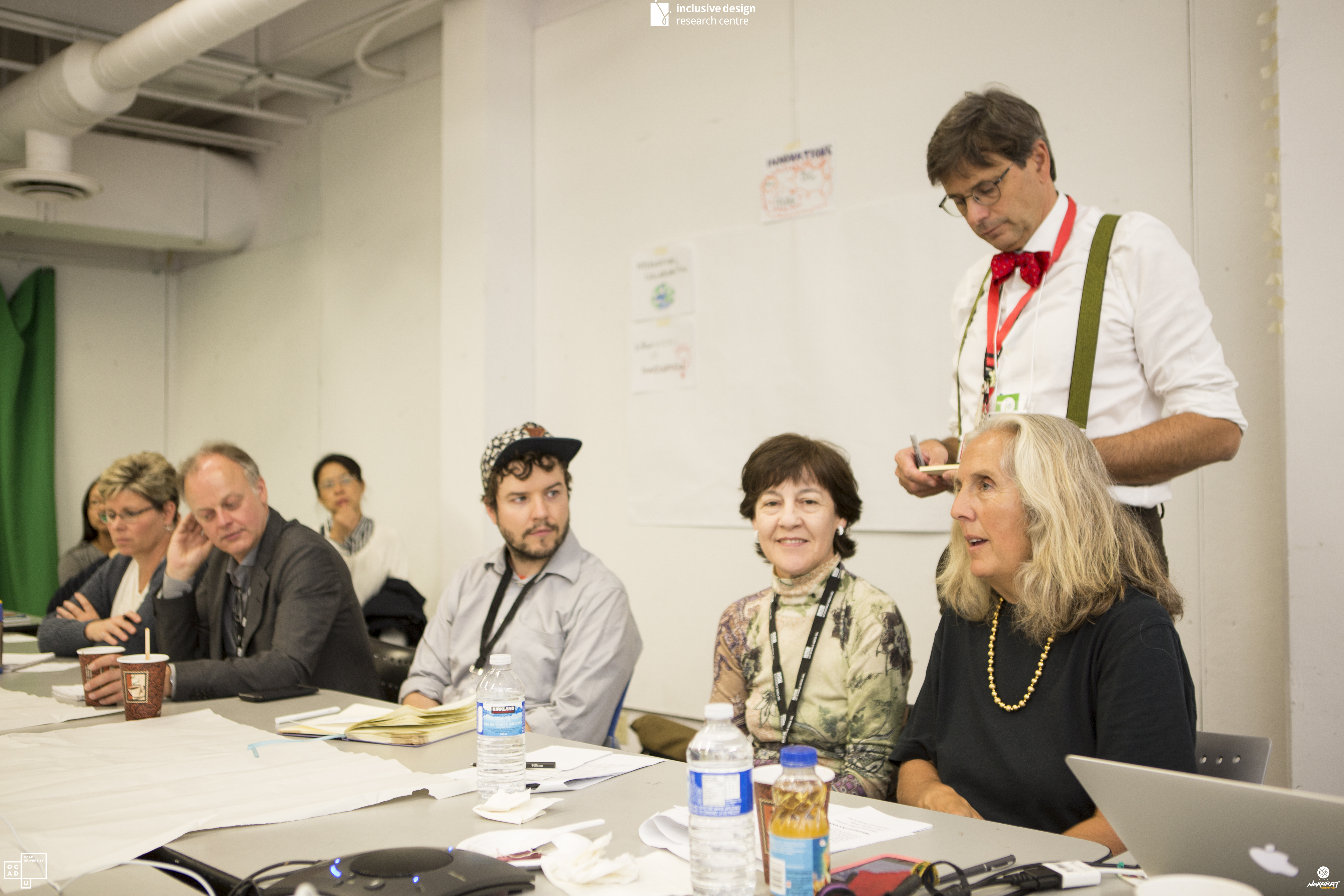
Review of the Review
Review of the Review (RotR) is assisting Accessibility Standards Canada in developing standards development processes and activities that are accessible and inclusively designed.
Resources
ISO Standards
International Organization for Standardization (ISO)
We're a global network of the world's leading standardizers. Through our members (the national standards bodies in 173 different countries) we bring together experts from all over the world to develop International Standards.
Standards: What are they and why are they important
Brendan Kelly | University of Massachusetts Amherst
Standards and their development frame, guide, and normalize almost all areas of our lives. For example, standards in IT govern interoperability between a variety of digital devices and platforms, standardized production of various machine parts allows uniform repair and reproduction.
IGF-DCAD - Dynamic Coalition on Accessibility and Disability
Internet Governance Forum Dynamic Coalition on Accessibility and Disability
CAD was launched at the 2007 Internet Governance Forum in Rio to address accessibility in ICT and emerging technologies. Its mission is to ensure inclusive digital access for all, recognizing that accessibility benefits everyone—whether due to disability, environment, or aging. DCAD fosters dialogue on digital accessibility in global Internet governance, operating as an open, multistakeholder initiative within the IGF framework. Members follow the IGF’s Code of Conduct and contribute to shaping inclusive tech policy.
Plain Language Action and Information Network (PLAIN)
plainlanguage.gov
Plain language makes it easier for the public to read, understand, and use government communications.
Best practices for making events accessible by W3C
W3C
The W3C guide on accessible presentations offers tips for making events inclusive for people with disabilities. Key advice includes: use accessible venues and platforms, provide materials in accessible formats, describe visuals aloud, speak clearly, and plan for diverse needs. These practices improve experiences for everyone.
NFPA Emergency Evacuation Guide for PWD
NFPA
The NFPA Emergency Evacuation Planning Guide for People with Disabilities helps individuals and organizations create personalized evacuation plans. It covers key needs for people with mobility, visual, hearing, speech, and cognitive disabilities, focusing on alerts, navigation, access, and assistance. The guide includes a planning checklist and emphasizes regular drills.
W3C web accessibility tools
W3C
The W3C WAI guide on evaluating web accessibility recommends starting with basic checks using their “Easy Checks” tool to spot common issues. While automated tools help, human evaluation is essential. For full assessments, use the WCAG-EM method and reporting tools.
Jurisdictional Scan
IDRC
Our jurisdictional scan reviewed global standard development organizations (SDOs) to understand how they create, promote, and regulate standards. We examined key bodies like SCC, ANSI, JISC, CEN, SAC, BIS, and others across various regions. We found seven common steps in their processes: needs assessment, stakeholder engagement, committee collaboration, public consultation, draft refinement, finalization, and ongoing review.
Resources on digital accessibility
ITU
The ITU offers resources to promote ICT accessibility and digital inclusion, supporting Member States in developing inclusive digital policies. Key resources include toolkits, guidelines, reports, and online training on making digital services accessible to all, including people with disabilities. These materials aim to help create more inclusive digital societies.
W3C Cognitive Accessibility Taskforce - Making content usable for people with cognitive and learning disabilities
W3C
The W3C's Making Content Usable for People with Cognitive and Learning Disabilities guide offers recommendations to improve web accessibility for individuals with cognitive and learning disabilities. Key advice includes using clear language, consistent design, assistive features like text-to-speech, and providing clear feedback and error recovery. These practices help create more inclusive digital environments.
W3C Code of Conduct
W3C
The W3C Code of Conduct, introduced in March 2024, ensures a respectful and inclusive environment within the W3C community. It sets expectations for behavior, identifies unacceptable actions, and provides procedures for addressing issues. The Code applies to all W3C members and is reviewed regularly.
Zoom accessibility features
Zoom
Zoom provides a range of accessibility features to ensure an inclusive experience for all users. Key features include closed captioning and live transcription (automated or manual), screen reader support (compatible with NVDA, JAWS, VoiceOver, and TalkBack), and full keyboard navigation with customizable shortcuts. Users can also adjust video display options to highlight interpreters or key speakers, and set language preferences for improved caption accuracy.
Webex accessibility features
Webex
Webex offers accessibility features to support users with visual, auditory, and mobility impairments. Key features include screen reader compatibility (with JAWS), keyboard navigation using shortcuts, high contrast themes and zoom for low vision support, and customizable settings like adjustable font sizes and dark mode. These features aim to enhance accessibility and inclusivity in Webex meetings and webinars.
Microsoft Teams Accessibility Features
Microsoft
Microsoft Teams offers a range of accessibility features to ensure an inclusive experience. These include live captions and transcription for users who are Deaf or hard of hearing, sign language view to prioritize interpreters, and keyboard shortcuts for easier navigation. It also provides high contrast mode for low vision, screen reader compatibility (with JAWS, NVDA, and VoiceOver), and background effects for privacy. Customizable notification settings help reduce distractions and cater to individual needs.
Konveio – Interactive Document Review Tool
Konveio
Konveio is the Planner’s engagement platform, designed to simplify how communities engage with stakeholders throughout the full plan lifecycle and find answers in their complex framework of guiding documents.
Disability Leadership Training in Internet Governance and Digital Rights
Internet Society
This course aims to foster discussions around digital inclusion for people with disabilities in Internet Governance. It focuses on developing leaders in the field, grounding disability and accessibility within Internet Governance debates, and raising awareness about accessibility policy frameworks. Participants will gain knowledge of the relationship between digital accessibility and Internet Governance, learn about key organizations' roles in accessibility, and develop practical communication and advocacy skills for promoting digital accessibility. The course is intended for individuals with disabilities, disability advocates, Internet Governance practitioners, and trainers who work on accessibility and digital rights.
Course about developing standards in Swedish
utbildning
This online training is designed for those interested in learning how to work with standardization as a representative of product and service users. The training is available in text or video formats, with options for reading aloud and adjusting the speed. It covers topics such as the importance of standardization, what a standard is, standardization efforts in Sweden and globally, and the role of a user representative in standardization processes.
W3C Meeting facilitation Training
W3C
The W3C's 2023 Meeting Facilitation Training helped chairs and facilitators develop skills for running effective, inclusive meetings. It consisted of a 30-minute pre-recorded session on facilitation basics and a 60-minute live hybrid session at TPAC 2023, covering practical tips and handling difficult discussions. The training, led by Wendy Reid, was open to all facilitators and those aspiring to take on such roles.
The Accessible Canada Act
Government of Canada
Accessible Canada Act (S.C. 2019, c. 10)
European Accessibility Act (EAA)
European Commission
The European Accessibility Act is an EU directive aimed at harmonizing accessibility standards across member states to improve the internal market. It helps businesses by reducing costs and simplifying cross-border trade, while benefiting people with disabilities and older adults through increased access to key products and services at better prices. Covered areas include technology, banking, transport, e-commerce, and media. It was developed with stakeholder input and aligned with the UN Convention on the Rights of Persons with Disabilities.
American with Disabilities Act
ADA.gov
The Americans with Disabilities Act (ADA) protects people with disabilities from discrimination.
